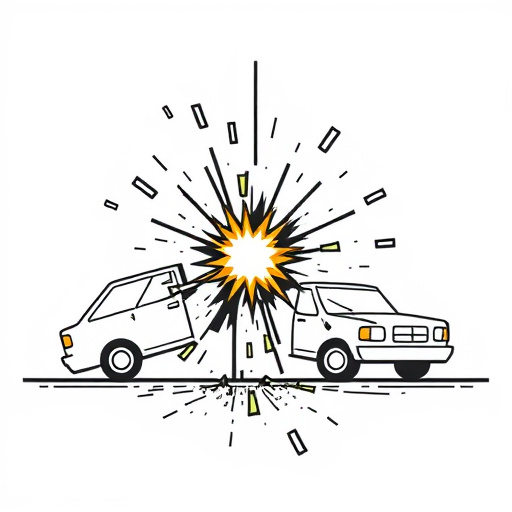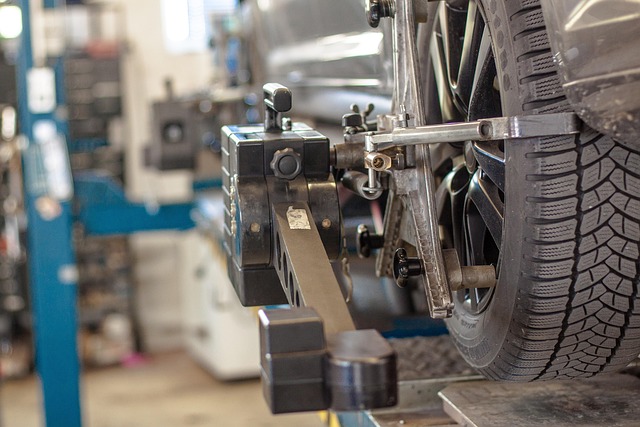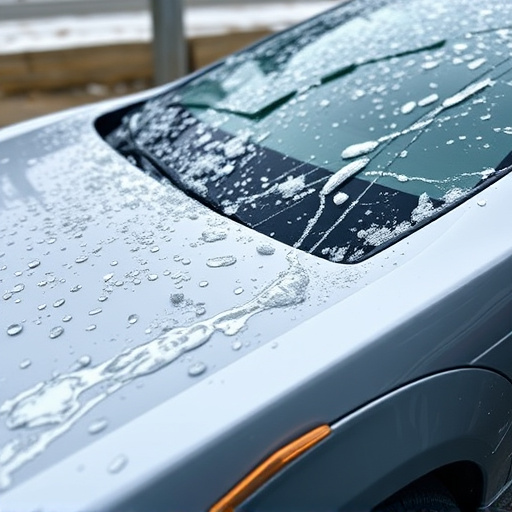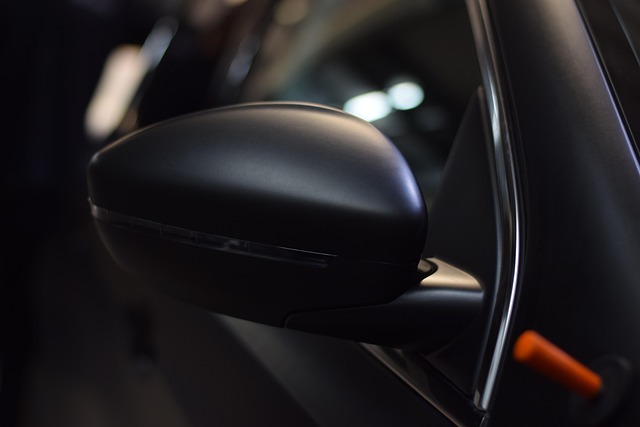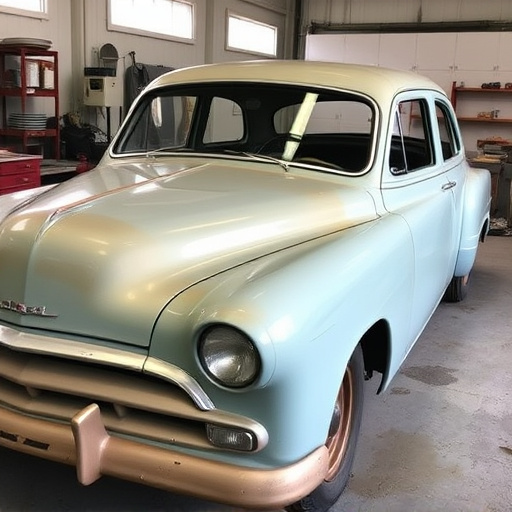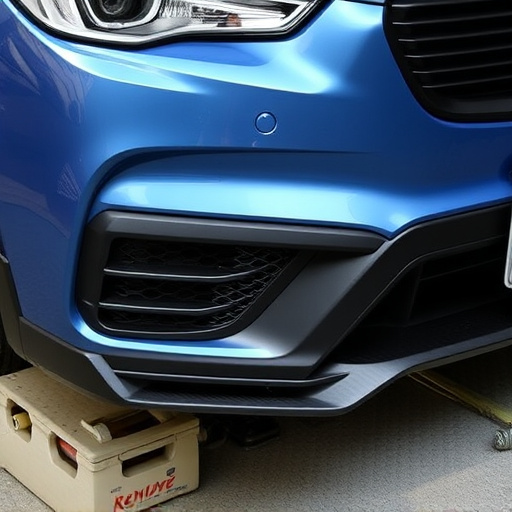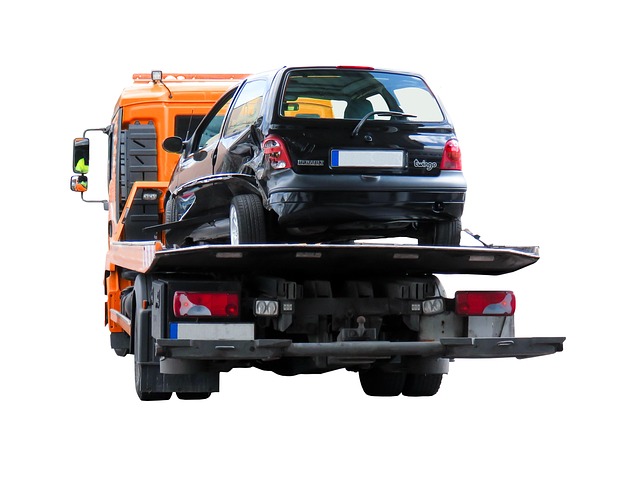Trim Restoration Collision is leading the way in sustainable automotive practices by extending the lifespan of interior components, reducing landfill waste, and minimizing resource consumption through repair and restoration instead of replacement. Utilizing eco-friendly materials, advanced dent removal techniques, and efficient painting methods, they significantly lower their environmental impact while preserving vehicle parts' original integrity. This community-focused shop promotes a circular economy model, positioning itself as an environmental steward in the auto industry.
Trim Restoration Collision (TRC) is a pioneering approach in automotive recycling, promoting sustainable repair practices. By specializing in restoring vehicle components, TRC reduces waste and energy consumption compared to traditional scrap processing. This article explores the positive impact of TRC on the environment and community. We’ll delve into the eco-friendly solutions it offers, such as using sustainable materials and techniques, while also highlighting its role in fostering green repair practices within the industry.
- The Role of Trim Restoration Collision in Automotive Recycling
- Eco-Friendly Solutions: Sustainable Materials and Techniques
- Community Impact: Promoting Green Repair Practices
The Role of Trim Restoration Collision in Automotive Recycling

Trim Restoration Collision plays a pivotal role in the automotive recycling process, promoting sustainable practices and minimizing environmental impact. By specializing in repairing and restoring vehicle trim components—such as dashboards, door panels, and interior trim—this specialized service extends the lifespan of materials that would otherwise end up in landfills. This is achieved through meticulous processes that include part inspection, cleaning, and reconstruction using original or high-quality substitutes.
Unlike traditional auto dent repair or automotive collision repair focusing primarily on structural integrity, trim restoration collision artisans meticulously handle delicate interior elements. These experts can often save significant resources by repairing rather than replacing, thereby reducing the need for intensive auto frame repair processes. This approach not only conserves raw materials but also diminishes energy consumption and waste generation associated with manufacturing new parts, contributing to a circular economy in the automotive industry.
Eco-Friendly Solutions: Sustainable Materials and Techniques

In the realm of trim restoration collision, eco-friendly solutions are at the forefront of sustainable repair practices. Traditional automotive restoration often relies on materials and techniques that can have a detrimental impact on the environment, but modern innovations in the industry aim to change this. By adopting sustainable materials and advanced yet gentle techniques for dent removal, auto body shops are reducing their carbon footprint without compromising quality. For instance, eco-friendly fillers and resins used in trim restoration minimize environmental pollution compared to older, more harmful chemicals.
These green practices extend beyond material selection, encompassing the entire process of mercedes benz repair. Modern tools and equipment designed for dent removal employ less aggressive methods, preserving the original integrity of auto body parts while ensuring precise results. Furthermore, the use of advanced auto body painting techniques allows for more efficient color matching and reduced waste, contributing to a more sustainable overall approach in trim restoration collision services.
Community Impact: Promoting Green Repair Practices

In the realm of automotive restoration, Trim Restoration Collision stands as a beacon of sustainability, championing green repair practices that extend far beyond mere aesthetic enhancements. By promoting eco-friendly techniques in both trim restoration and collision repair, they significantly reduce the environmental footprint associated with traditional auto body shop operations. This commitment to sustainability isn’t merely a buzzword; it translates into tangible benefits for the community at large. For instance, their specialized dent removal and auto dent repair processes consume fewer resources and generate less waste compared to conventional methods.
The adoption of these sustainable practices not only mitigates pollution but also fosters a healthier local ecosystem. By choosing Trim Restoration Collision, car owners contribute to a circular economy where materials are reused and recycled, minimizing the demand for new resources. This community-focused approach underscores the company’s dedication to being more than just an auto body shop; it’s a responsible steward of environmental stewardship in today’s world.
Trim restoration collision plays a pivotal role in promoting sustainable automotive repair practices, offering eco-friendly solutions while fostering community initiatives. By utilizing advanced techniques and materials, this industry sets a new standard for environmental responsibility. Through its efforts, trim restoration collision not only contributes to the circular economy but also inspires a greener future for the automotive sector.

